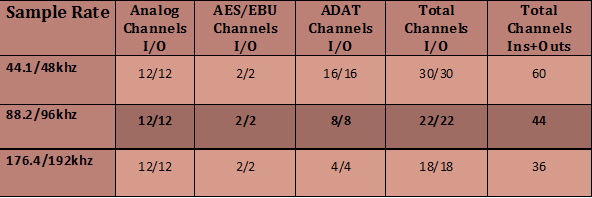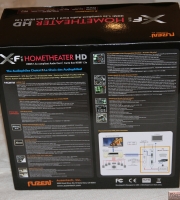
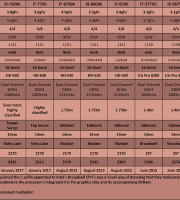
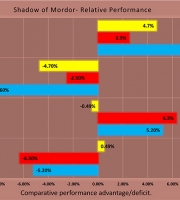
A quick trip around the back of the unit and, next to the AC power input on the left, we discover a second MIDI I/O terminal, a firewire 400 and usb 2.0 port, the latter which RME claim to be fully compatible with USB 3.0 chipsets (though there is no benefit in performance). Immediately above is a remote interface that supports one of RME’s two proprietary remote control units, the “basic” and the “advanced”. These can be used to toggle and adjust specific functions of the UFX such as volume, mute and solo, talk-back and cue the headphone mixes to the main outputs. It is important to mention these are only the default values and if required, the user can reassign the buttons and dial to control any one of around forty additional functions, this as ever, is achieved via the TotalMix console.
Immediately to the right of the remote socket is the unit’s Word Clock I/O for those who wish to connect an external master Word Clock module such as Apogee’s “Big Ben” to the UFX, or use the UFX’s own ultra low jitter internal clock as the master to drive another device. A 75 ohm termination switch is situated next to the input.
Just beneath, we have a pair of ADAT I/Os for those who, either have an old ADAT tape deck they have grown spiritually attached to or, more likely and dare I say, constructively, wish to increase their quota of inputs and outputs by way of an external AD/DA converter such as RME’s own ADI-8QS or Beringer’s far cheaper but still worthy Ultragain Pro-8. An important point for all intending to offload their old interface in favor a UFX, assuming it too has an ADAT I/O, why not hold on to, say, that Fireface 800…and have it serve as your UFX’s wise wing man instead?
The second ADAT ter’minal conveniently doubles up as a standard Optical SpDif interface, ideal for hooking up to the i/o of another soundcard or the output of an external synth, CD or Blu-ray player.
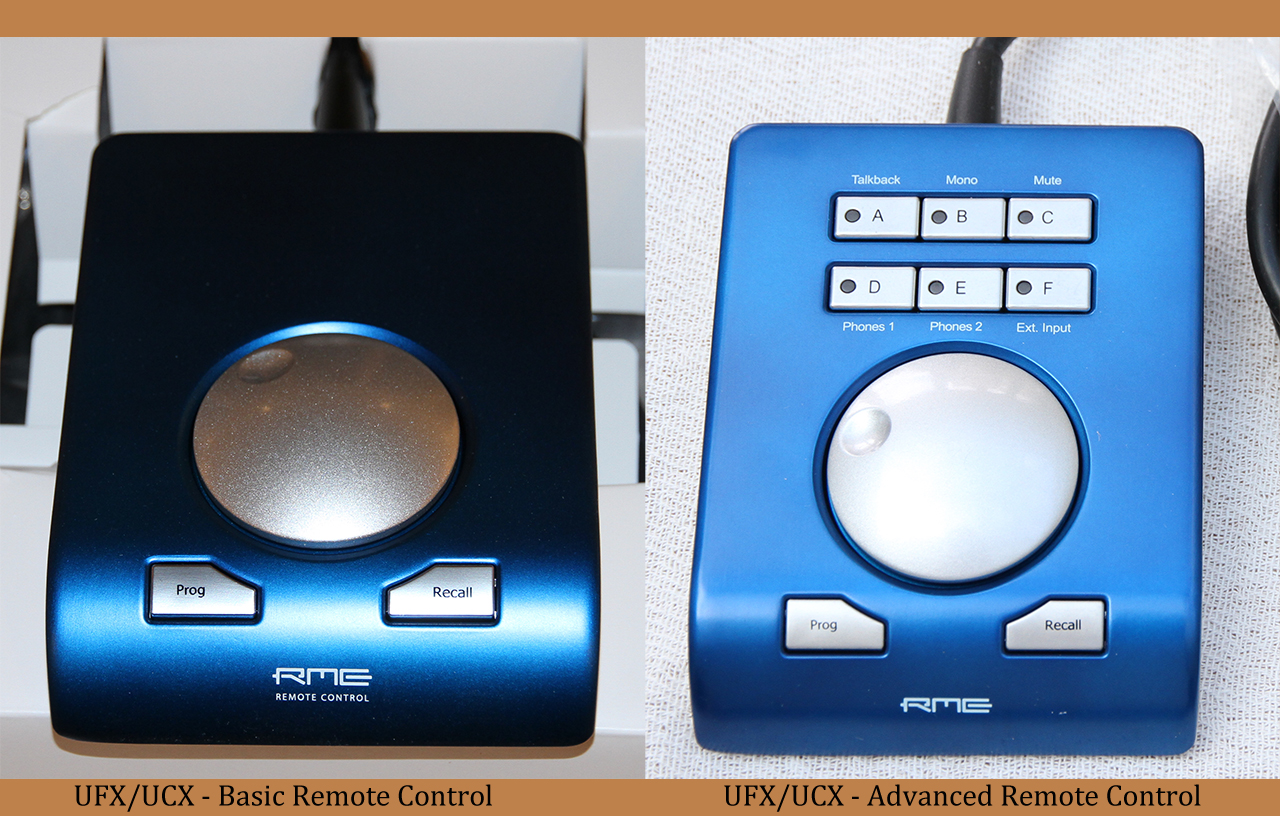
Moving across to the right rear reveals a third digital I/O, this time a professional AES/EBU interface which, along with the unit’s ADAT and analogue I/Os, supports sample rates of up to 192khz. Using an XLR (male or female) to phono adaptor or cable, allows both these connectors to function as a standard SpDif I/O.
Six 1/4 inch balanced outputs nestle to the right and alongside these, two balanced XLR outputs, the latter are defined as the UF’X’s main outputs and generate a level of up to +24dbu, ensuring the cleanest possible signal is sent to your studio monitors. Eight further 1/4 inch balanced sockets form the UFXs full complement of twelve analogue inputs.
Every one of the UFX’s digital and analogue I/Os, amounting to 60 channels in total, can be used simultaneously at sample rates of 44.1/48/88/96/176.4 and 192khz, though when operating at sample rates above 48khz, the number of ADAT channels is reduced in accordance with the table below:
